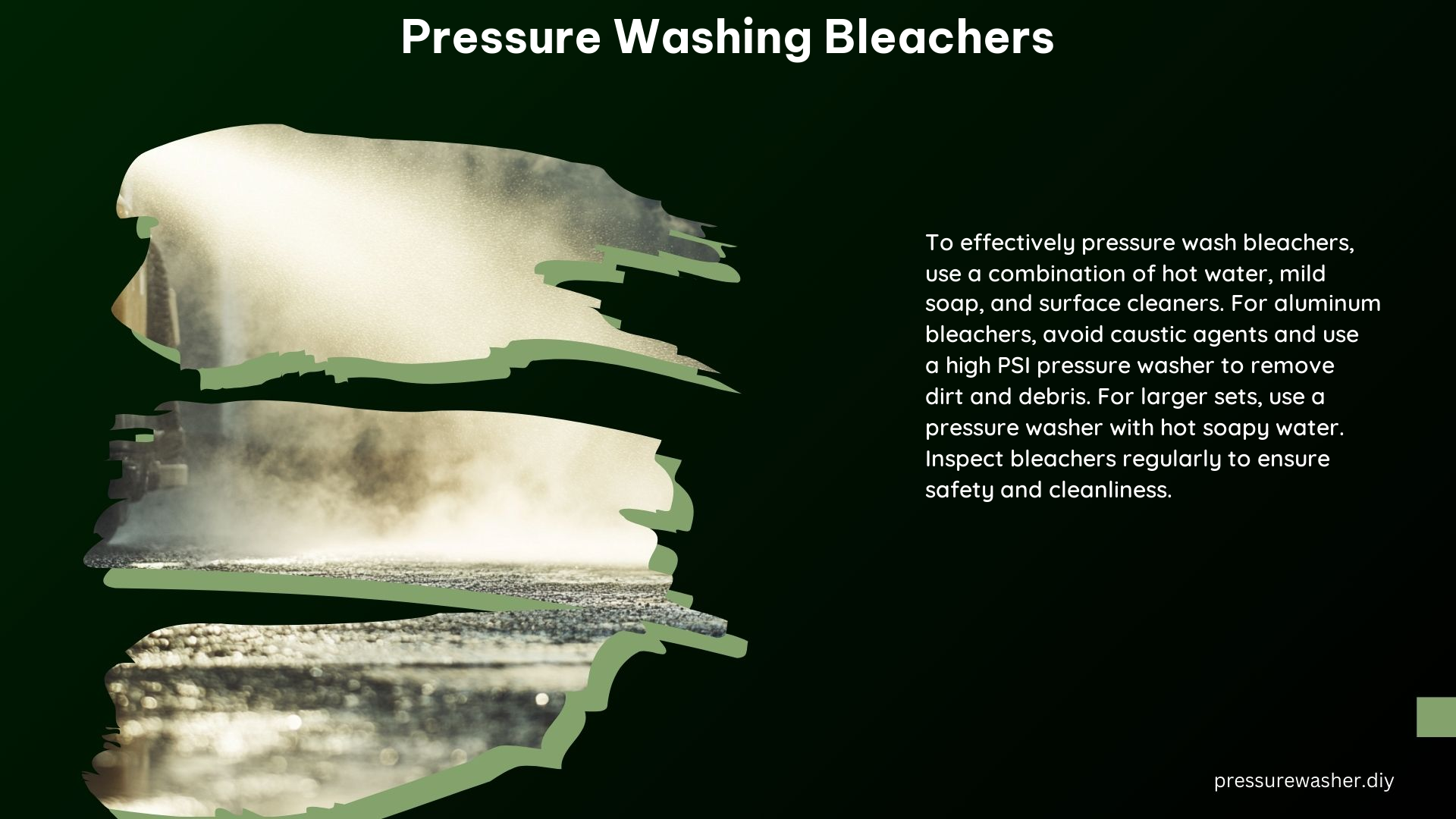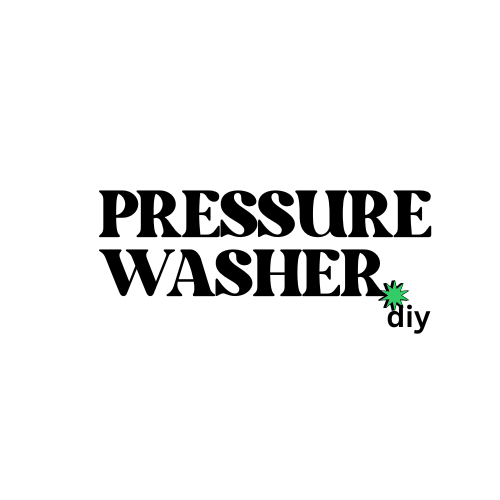Pressure washing bleachers is a crucial maintenance task to ensure cleanliness, safety, and longevity of these essential sports and event structures. This comprehensive guide will provide you with the technical details, best practices, and expert recommendations to effectively clean and maintain your bleachers, ensuring they remain in top condition for years to come.
Best Method to Clean Aluminum Bleachers Without Damaging the Surface
Soap and Water
For small sets of bleachers, a simple soap and water solution can be an effective and cost-efficient method. This approach is particularly suitable for anodized aluminum bleachers, which are known for their durability and corrosion-resistance. When using this method, it’s recommended to use a mild, non-abrasive soap and warm water, gently scrubbing the surfaces to remove dirt and debris.
Pressure Washing
For larger sets of bleachers, pressure washing is a more efficient and thorough cleaning method. When using a pressure washer, it’s crucial to use hot soapy water with a high PSI (pounds per square inch) to effectively remove stubborn dirt, grime, and organic growth. The recommended PSI range for pressure washing bleachers is between 2,000 to 3,000 PSI, depending on the size and condition of the bleachers. However, it’s important to be cautious when using pressure washers, as the high-pressure water can potentially damage the aluminum surface if not used properly. Avoid using caustic agents, as they can create slipping hazards if not rinsed thoroughly.
Specialized Cleaners
For a more efficient and targeted cleaning, specialized aluminum cleaners like Hammer can be highly effective. These products are formulated specifically for cleaning aluminum surfaces, providing a fast and effective solution for removing built-up dirt, stains, and discoloration. When using specialized cleaners, always follow the manufacturer’s instructions carefully to ensure optimal results and avoid any potential damage to the bleacher surfaces.
Recommended Equipment and Chemicals

Pressure Washer
A high-quality pressure washer is essential for effectively cleaning larger sets of bleachers. Look for a pressure washer with a minimum of 2,000 PSI and a flow rate of at least 3 GPM (gallons per minute) to ensure efficient and thorough cleaning.
Surface Cleaners
Utilizing surface cleaners, such as rotating or oscillating surface cleaners, can be highly effective for cleaning the seat and foot areas of the bleachers. These specialized attachments help to evenly distribute the cleaning solution and water, ensuring a consistent and efficient cleaning process.
Hot Water
Using hot water is recommended for both cleaning and sanitizing the bleachers. The elevated temperature helps to break down and remove stubborn dirt, grease, and organic growth, while also providing a more effective sanitizing solution.
Mild Soap
When using a soap-and-water solution, it’s important to choose a mild, non-abrasive soap to avoid damaging the aluminum surface. Harsh or acidic cleaners can potentially etch or discolor the bleachers, so it’s crucial to select a gentle, pH-balanced soap.
Specialized Aluminum Cleaners
Products like Hammer, which are specifically formulated for cleaning aluminum surfaces, can be highly effective in removing stubborn stains, discoloration, and built-up grime. These specialized cleaners are designed to work safely and efficiently on aluminum without causing any damage to the material.
Pricing a Bleacher Cleaning Job
Time-Based Pricing
When pricing a bleacher cleaning job, a common approach is to base the cost on the estimated time required to complete the task. This method takes into account factors such as the size of the bleachers, the level of dirt and debris, and the complexity of the cleaning process.
Square Footage Pricing
For larger sets of bleachers, pricing based on the total square footage of the area to be cleaned can be a more accurate and scalable approach. This method considers the overall surface area that needs to be pressure washed, allowing for a more precise calculation of the labor and equipment required.
Row-Based Pricing
For smaller sets of bleachers, pricing per row can be a practical and straightforward method. This approach is particularly useful when dealing with compact or modular bleacher systems, where the cleaning process can be broken down into individual rows.
Factors Affecting Cost
Size of the Bleachers
The size of the bleachers is a significant factor in determining the cost of the cleaning job. Larger sets of bleachers require more time, labor, and equipment, which directly impacts the overall cost.
Level of Dirt and Debris
The amount of dirt, grime, and organic growth on the bleachers can significantly affect the time and effort required for cleaning. Heavily soiled bleachers may necessitate additional pre-treatment, scrubbing, and rinsing, leading to a higher overall cost.
Type of Bleachers
The material and construction of the bleachers can also influence the cleaning methods and equipment required. For example, aluminum bleachers may need different cleaning techniques and products compared to concrete or steel bleachers, which can affect the pricing.
Frequency of Cleaning
Regular maintenance and cleaning of the bleachers can help prevent the buildup of dirt and debris, ultimately reducing the cost of each cleaning session. Establishing a consistent cleaning schedule can help optimize the overall cost and ensure the long-term preservation of the bleachers.
Technical Specifications
PSI (Pounds per Square Inch)
When using a pressure washer for bleacher cleaning, a high PSI is essential for effectively removing stubborn dirt and debris. The recommended PSI range for pressure washing bleachers is between 2,000 to 3,000 PSI, depending on the size and condition of the bleachers.
GPM (Gallons per Minute)
The flow rate of the pressure washer, measured in gallons per minute (GPM), should be sufficient to handle the size and scale of the bleachers being cleaned. A minimum flow rate of 3 GPM is recommended for efficient and thorough cleaning.
Surface Cleaner Size
The size of the surface cleaner attachment used with the pressure washer should be appropriate for the area being cleaned. Larger sets of bleachers may require a wider surface cleaner to cover more area in less time, while smaller sets may be better suited for a more compact surface cleaner.
